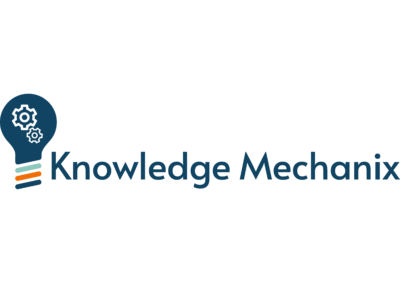The Phoenix Project
by Gene Kim, Kevin Behr, and George Spafford
A gripping story of an overburdened IT manager, Bill, as he tackles mounting chaos, technical debt, and failing projects within his company. Through the guidance of a wise mentor, Bill learns the principles of DevOps and the Three Ways, which revolutionize his approach to work and help him lead a successful IT transformation, ultimately turning his struggling organization into an efficient and thriving enterprise.

by Gene Kim, Kevin Behr, and George Spafford
Top Ten Lessons:
1. Understand the importance of aligning IT initiatives with business goals to drive success.
2. Embrace a holistic approach to IT operations, focusing on the entire value stream and not just individual components.
3. Foster collaboration and communication between different teams and departments to enhance productivity and efficiency.
4. Continuously improve and streamline processes to eliminate bottlenecks and increase flow.
5. Identify and address technical debt to prevent it from impeding progress and causing system failures.
6. Embrace automation and leverage technology to accelerate delivery and reduce manual errors.
7. Prioritize work based on business value and impact, ensuring resources are allocated effectively.
8. Cultivate a culture of learning and experimentation, encouraging innovation and adaptation.
9. Develop effective leadership skills, empowering teams and creating a supportive work environment.
10. Foster a shared responsibility for security and quality throughout the organization, integrating it into every stage of the development process.

Summary – What is this book really all about :
“The Phoenix Project” highlights the importance of aligning IT initiatives with business goals for achieving success.
The book emphasizes a holistic approach to IT operations, focusing on the entire value stream rather than isolated components.
Collaboration and communication across teams and departments are vital for enhancing productivity and efficiency.
Continuous improvement and process streamlining eliminate bottlenecks and enhance flow. Addressing technical debt is crucial to prevent system failures and ensure progress.
Embracing automation and leveraging technology accelerate delivery and reduce errors. Prioritizing work based on business value maximizes resource allocation.
Cultivating a culture of learning and experimentation fosters innovation and adaptation.
Effective leadership skills empower teams and create a supportive work environment.
Shared responsibility for security and quality is integrated throughout the organization at every stage of the development process.
What to know more about :
Gene Kim – https://enterprisersproject.com/user/gene-kim
George Spafford – https://www.gartner.com/en/experts/george-spafford
Kevin Behr – https://www.amazon.com/stores/author/B001JS6SXU/about
Get this book NOW see below and go on the journey, please note “As an Amazon Associate, I Earn from qualifying purchases.”

